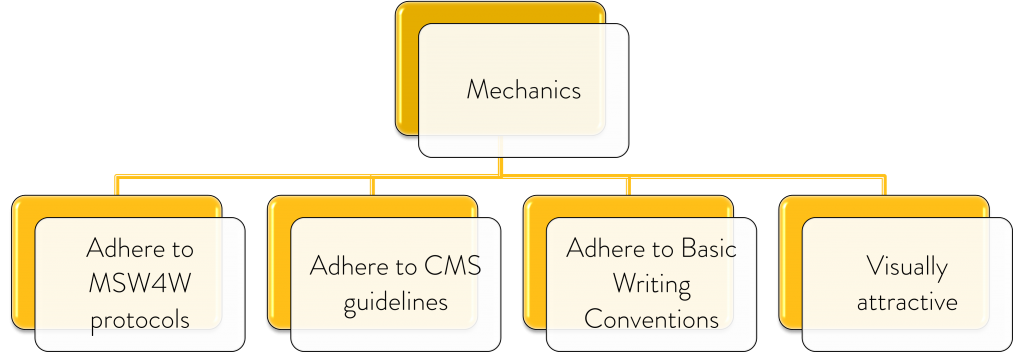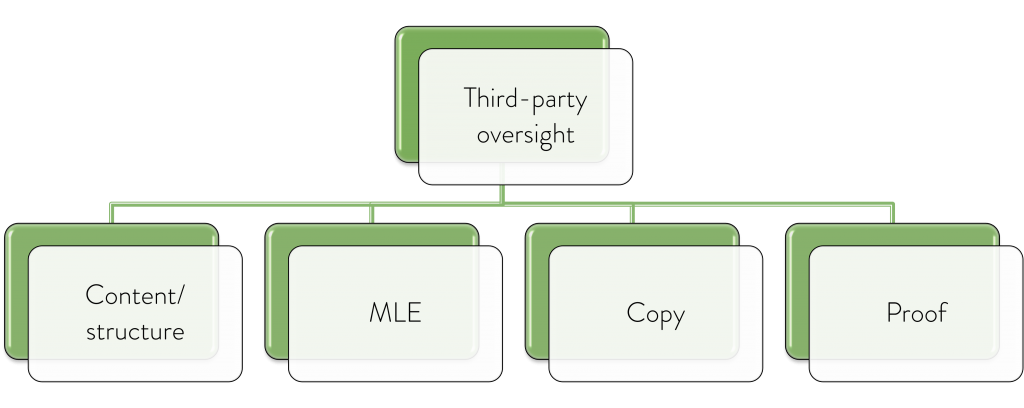I mentioned “Editorial Accountability” in a previous post, so I figured I oughta explain what that actually means. These days, digital publishers use algorithms to detect many of these issues and either reject or downgrade work accordingly.
So Just What is Editorial Accountability?
One of the most frequent complaints I’ve fielded from literary agents, acquisition editors, and general-trade reviewers over the thirty-plus years I’ve been in the book industry is that authors don’t know anything about the book business. And being mono-focused on their book, they’re don’t have the time or wherewithal to figure it out.
Let’s rectify that right now.
Editorial Accountability is an umbrella term that essentially refers to the objective quality of a book’s content, writing, editing, and presentation. Realize, that has nothing to do with the subjective take on whether a title is a “good book” or not. Rather, it’s all about whether a manuscript — or even published book — conforms to industry standards of professional work, both creatively and mechanically.
Does editorial accountability matter if you’re looking for a literary agent or traditional publisher? Yes, absatively. It demonstrates that you understand the difference between an author-vision first draft and a reader-satisfying second draft. Going by my experiences with and observations about hundreds of successful and missed-potential titles, I have to say that difference is one of, if not the most, important elements of a top-selling title.
Does editorial accountability matter if you’re going to self-publish? Once again, absatively yes. Amazon’s database contains literally billions — billions! — of titles. Why do some get read and most don’t? Editorial accountability.
Creative Accountability
- The first part of creative accountability is about full development, whether the book is nonfiction, a memoir, or a novel. The information, personal recollections, or story not only needs to be dynamic, it needs to have purpose. Every chapter, section, scene, paragraph, and sentence must be there for a reason.
- Part two is about Slinky® flow, i.e., “the sequence of information or story in which one idea logically and smoothly follows another throughout a paragraph, section, chapter, and manuscript.” Slinky flow encourages auto-read, “the brain’s ability to understand quickly and effortlessly and absorb easily.”
- Part three refers to content disruptions (“issues that make a cold reader hesitate or say, “Huh?”) and deal breakers (“issues that make a cold reader stop reading and thus reduce or ruin a manuscript or book’s chances of success”).
- The final piece of creative accountability has to do with the work’s prose. Describing how awful or wonderful or surprising or inspiring something/someone/some situation or circumstance is/was/will be comes across as emotionally laden Demonstrating how awful or wonderful or surprising or inspiring something/someone/some situation or circumstance is/was/will be is emotionally provoking prose.
If that sounds an awful lot like the difference between “Show” and “Tell,” that’s only because it’s exactly the same thing. But those terms are so trite at this point, they’ve become meaningless to most aspiring writers.
Mechanical Accountability
Mechanical accountability comes down to making sure the manuscript is:
- Clean of extraneous coding and styled correctly in Microsoft Word, which is still the standard of the industry,
- Gramatically aligned with Chicago Manual of Style (CMS) guidelines, another standard of the industry,
- Copy edited and proofread by at least two different cold eyes, and
- Formatted with standard margins, font type and size, and section breaks. Oh, and it doesn’t SHOUT AT THE READER. That gets old real fast.
Acquire Editorial Accountability
This part is simple: work with a pro or two. Or three.
Third-party oversight is key to transforming an author-vision first draft into a reader-satisfying second draft. In my firm, we start with thesis/premise, structure, and market placement. If you’re willing to put in the time and can sufficiently distance yourself from your work, you can learn to do that on your own. It ain’t easy, but it’s doable.
A developmental editor can help develop that all-important first draft. Look for someone who understands nonfiction/memoir templates, fiction architecture, and BISAC spread, and who knows how to keep their eye on the content and structure of the manuscript rather than get sidetracked by copy editing/proofing issues.
Once the first draft is finished to your complete satisfaction, find a musical line editor. MLEditors differentiate between narration and editorial, know how to manipulate mechanical and content impact, recognize flavor changes, and can both spot and rectify liability issues. They’ll review the manuscript with you line by line to ensure it has drive, punch, Slinky flow, and auto read.
Once you’re happy with the MLE, pay for a cold-eye copy editor, i.e., “someone sufficiently unfamiliar with the author that they do not ‘hear’ the author’s voice, cadence, accent, or flavor in the back of their head as they read.” Make sure they edit to CMS, not APA, MLA, BlueBook, or AP. Review their corrections carefully — you have the option to reject or discuss anything you don’t agree with or are unsure of.
Finally, pay for a cold-eye proofreader. At that point, your manuscript will have Editorial Accountability.
Claudia Suzanne is a ghostwriting expert, bestselling author, writing coach, teacher, and SMB owner. Her Ghostwriting Professional Designation Program (CPIE, CSULB) is the only book-ghostwriting Master Class in existence. Her ™ innovations include Creative Analysis, A&Rs, ghostwriting tools, Musical Line Editing, and Bestseller Strategy Plans.
claudiasuzanne@gmail.com | https://wambtac.com | https://ghostwritertraining.com | https://live.vcita.com/site/wambtac/online-scheduling







